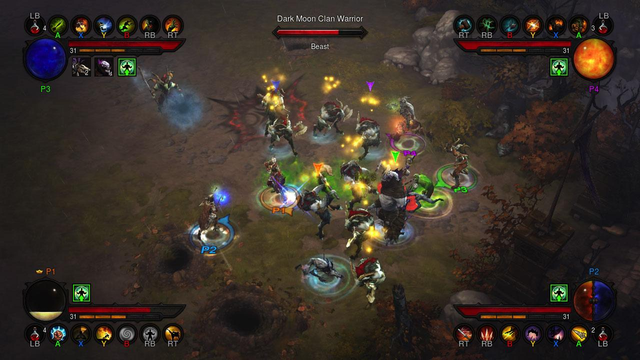Diablo III is a hack-and-slash action role-playing game that has captivated the hearts of gamers since its release in 2012. Developed and published by Blizzard Entertainment, it is the third installment in the critically acclaimed Diablo series. Set in the dark fantasy world of Sanctuary, players take on the role of iconic characters who battle against the forces of evil—most notably, the Prime Evils. The game epitomizes the blend of fast-paced combat with deep RPG elements. In this blog post, we will delve into various aspects of Diablo III, exploring its gameplay mechanics, storylines, character classes, and the evolving community around this iconic title.
The Evolution of Gameplay Mechanics
The gameplay mechanics in Diablo III represent a significant evolution from its predecessors. With a focus on accessibility while retaining depth, the game offers both seasoned veterans and newcomers a rewarding experience.
Combat System and Controls
From the moment players step into the world of Sanctuary, they are greeted with a fluid and engaging combat system https://69vn.living/.
The combat mechanics are designed to facilitate quick reflexes and strategic planning, allowing players to unleash devastating attacks and combos while dodging enemy blows. Each character class has a unique set of skills that can be customized to create diverse playstyles. This means players can choose whether they prefer ranged combat, magical spells, or brute force, tailoring their experience to their liking.
The controls are intuitively mapped, making it easy for players to perform complex maneuvers without feeling overwhelmed. The use of hotkeys allows players to chain abilities together seamlessly, creating an exhilarating rhythm during battles. Moreover, the game’s responsive feedback enhances the immersion, making every swing of a sword or blast of magic feel impactful.
Loot System and Itemization
Loot is a cornerstone of the Diablo franchise, and Diablo III takes this aspect to new heights.
In terms of itemization, the game features a plethora of weapons, armor, and accessories that players can discover throughout their journey. The thrill of finding a legendary item or crafting the perfect build keeps players engaged for hours on end.
One of the notable aspects of the loot system is the introduction of the “Smart Drop” feature, which ensures players receive items that are more suited to their currently equipped character class. This system alleviates some frustration associated with random loot drops and encourages players to experiment with different builds. Furthermore, the inclusion of seasonal content allows players to explore new items and challenges regularly, keeping the gameplay experience fresh.
Difficulty Levels and Adventure Mode
Diablo III introduces a variety of difficulty levels, catering to both casual players and hardcore enthusiasts.
Upon completing the main storyline, players unlock Adventure Mode, which allows them to tackle bounties, rifts, and other challenges at their own pace. This mode adds significant replay value and enables players to grind for better gear or test themselves against tougher foes.
Adventure Mode also includes the greater rift system, where players can push their limits and compete for leaderboard rankings. The combination of difficulty scaling and randomized dungeons creates an unpredictable yet thrilling experience, encouraging teamwork and strategy among players.
As someone who has invested countless hours into Diablo III, I find that the dynamic nature of the gameplay mechanics fosters a sense of addiction—a continuous cycle of “just one more run” that keeps you glued to the screen.
